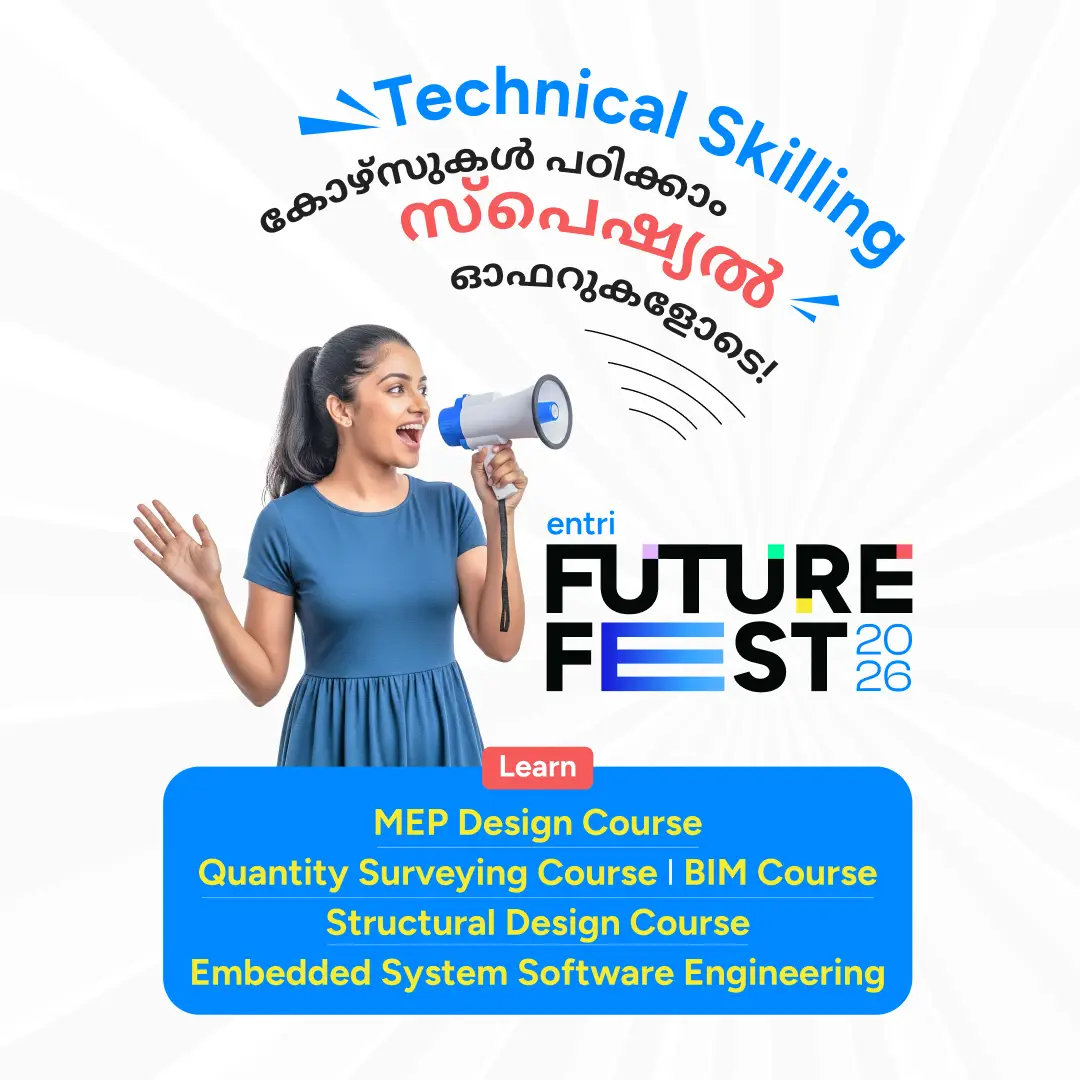Table of Contents
The New Pamban Bridge is more than just a feat of engineering—it’s a shining example of India’s dedication to progress at the same time as honoring its wealthy heritage. Stretching across the turquoise waters of the Palk Strait, this marvelous shape connects the mainland of Tamil Nadu with the revered island of Rameswaram, a place of massive non secular and cultural importance. Replacing the enduring 1914 Pamban Bridge, the new bridge integrates current technology with superior architectural design to satisfy the needs of the twenty first century.
What units this bridge apart is its vertical raise mechanism—India’s first of its type—which permits ships to skip below effortlessly, making sure smooth marine and rail site visitors. Built with strong substances and current engineering strategies, the New Pamban Bridge is designed to withstand harsh coastal situations and serve for generations to return. In this blog, we explore the certain construction procedure, architectural innovations, and the vision behind this modern surprise.
The Legacy of the Old Pamban Bridge
Inaugurated in 1914, the Old Pamban Bridge was India’s first sea bridge and stood as a enormous fulfillment within the u . S . A .’s engineering records. Stretching approximately 2.06 kilometers over the Palk Strait, it related the holy island of Rameswaram to the mainland, gambling a crucial role in improving local connectivity and assisting monetary interest in southern Tamil Nadu.
For almost a century, the bridge served as a vital rail link for heaps of pilgrims, vacationers, and investors. Its precise double-leaf bascule mechanism, which allowed the vital segment to boost for passing ships, made it an engineering marvel of its time. Beyond its technical brilliance, the bridge have become an emotional symbol for the people of Tamil Nadu—a lifeline that persevered the test of time and nature.
The Old Pamban Bridge demonstrated exquisite resilience, specifically throughout herbal calamities just like the devastating 1964 cyclone, and then it became unexpectedly repaired and brought again to lifestyles. Over the a long time, it stimulated admiration for its energy, functionality, and historic appeal.
As the New Pamban Bridge takes over its function, the legacy of the old shape keeps to live on—in recollections, photos, and the hearts of folks who crossed its tracks. It stays a proud bankruptcy in India’s infrastructure journey.
Build A Career In Structural Engineering! Get Free Demo Classes!!
Engineering Features of the Old Bridge
A century-antique surprise, the Old Pamban Bridge blended resourceful layout with long lasting substances to withstand the challenges of the sea.
1. Cantilever Truss Design
The Old Pamban Bridge became India’s first sea bridge, built using a cantilever truss machine. This design allowed lengthy spans without having many piers in deep waters. It supplied the power and power required to support rail traffic at the same time as withstanding effective sea winds and waves. Its structural efficiency made it a pioneering model for early twentieth-century engineering in India.
2. Double-Leaf Bascule Mechanism
At the coronary heart of the bridge lay its maximum extremely good function—a double-leaf bascule phase. This relevant span can be manually lifted to an attitude of 90 stages, permitting ships and boats to bypass beneath. This changed into a rare and advanced feature for its time, demonstrating the ingenuity of the engineers worried.
3. Marine-Grade Materials
Given the corrosive marine surroundings, the bridge became constructed with salt-resistant steel and reinforced concrete. These substances have been carefully selected to enhance the structure’s durability and decrease preservation demanding situations over time.
4. Engineered for Resilience
The bridge withstood excessive conditions, along with the catastrophic 1964 cyclone. Quick restoration efforts submit-catastrophe highlighted the robustness of its layout. Its resilience and toughness made it a long lasting icon of India’s engineering background and a vital hyperlink for over one hundred years.
Why a New Pamban Bridge Was Needed
1: What is the primary purpose of structural design?
1. Structural Age and Wear
Built in 1914, the Old Pamban Bridge had served for over a century. Despite ordinary protection, herbal getting older and publicity to harsh marine conditions brought about structural fatigue, making it much less dependable for cutting-edge transportation demands.
2. Safety Concerns
After many years of provider and surviving excessive climate activities, the old bridge posed safety risks for passengers and load trains. Cracks, corrosion, and old mechanisms raised worries about its long-term usability.
3. Increased Traffic and Load
The bridge become firstly designed for light rail site visitors. However, the increase in tourism and economic hobby inside the Rameswaram location brought about elevated visitors and heavier masses, which the vintage shape should no longer aid successfully.
4. Need for Modern Technology
With advancements in engineering, there was a need for a bridge ready with contemporary functions like a vertical raise span, improved sturdiness, and automated structures to ensure smoother and safer operations.
New Pamban Bridge: Design and Innovations
1. Vertical Lift Mechanism
One of the most putting functions of the New Pamban Bridge is its vertical raise span, a first-of-its-kind in India. Unlike the old bridge’s manual bascule gadget, the new bridge makes use of automated generation to raise a 72-meter significant span vertically as much as 17 meters, permitting ships and fishing boats to pass correctly underneath with out guide intervention. This layout substantially enhances maritime and rail coordination.
2. Enhanced Load Capacity
The new bridge is constructed the use of high-grade corrosion-resistant metallic and reinforced concrete, permitting it to carry heavier and quicker trains. This addresses the developing call for for passenger and freight delivery between the mainland and Rameswaram.
3. Wider and Electrified Tracks
It capabilities large-gauge, electrified tracks, making it compatible with India’s current rail network and making sure electricity-green, excessive-pace rail tour. This additionally reduces reliance on diesel locomotives, aligning with sustainable delivery goals.
4. Resilience and Longevity
Designed to resist cyclonic winds, sea spray, and high salinity, the bridge includes anti-corrosive remedies and climate-evidence substances. With an estimated lifespan of over 100 years, it’s built to serve generations with out primary structural problems.
5. Smart Monitoring Systems
The New Pamban Bridge integrates real-time fitness monitoring structures, the usage of sensors to discover strain, load, and environmental effect. This lets in for preventive maintenance and guarantees uninterrupted operation throughout the year.
Build A Career In Structural Engineering! Get Free Demo Classes!!
Impact on Connectivity and Regional Development
The New Pamban Bridge substantially boosts connectivity between mainland Tamil Nadu and Rameswaram Island, improving the glide of passengers, items, and services. By helping faster, heavier trains with electrified tracks, it complements tour performance and reliability, lowering transit times and operational delays. This advanced connectivity is vital for the place’s tourism sector, as Rameswaram is a first-rate pilgrimage and vacationer destination.
Economically, the bridge enables smoother freight movement, reaping benefits neighborhood groups, fisheries, and agriculture via presenting better get admission to to larger markets. Additionally, the improved transport link encourages investment and infrastructure development in the surrounding areas, leading to job creation and enhanced livelihoods.
Moreover, by incorporating current protection and monitoring capabilities, the bridge guarantees year-round accessibility, even during harsh weather, which posed a challenge for the old bridge. Ultimately, the New Pamban Bridge serves as a catalyst for regional growth, connecting Rameswaram more closely with the rest of Tamil Nadu and promoting sustainable development in this historically significant region.
Visual and Structural Differences: Old vs New
| Feature | Old Pamban Bridge | New Pamban Bridge |
|---|---|---|
| Year of Inauguration | 1914 | Expected in 2025 |
| Design Type | Cantilever Truss with Bascule span | Vertical Lift Bridge |
| Lifting Mechanism | Manually operated double-leaf bascule | Electrically operated vertical lift span |
| Span Length (Movable) | ~66 meters | 72 meters |
| Track Type | Meter gauge (later converted to broad gauge) | Broad gauge with electrification |
| Material Used | Mild steel and concrete | Corrosion-resistant steel, reinforced concrete |
| Navigation Clearance | Limited, manual opening required | High clearance with automated lift for ship passage |
| Technology Integration | Manual controls, no real-time monitoring | Smart sensors, real-time structural monitoring |
| Aesthetic Appearance | Vintage steel framework | Modern, sleek design with updated engineering |
| Lifespan & Durability | Over 100 years but aging | Designed for 100+ years with modern durability |
Conclusion
Transform Your Career with Our Structural Design Course!
Unlock Your Potential in Structural Design! Gain expert knowledge in designing robust structures and advance your career in the construction and engineering fields. Limited spots available! 🌟
Know MoreFrequently Asked Questions
What is the significance of the New Pamban Bridge?
The New Pamban Bridge is a vital infrastructure task that connects Rameswaram Island with mainland Tamil Nadu. It replaces the a hundred and ten-year-antique Pamban Bridge and is designed to handle heavier, quicker trains with electrified tracks. This modern bridge complements safety, ensures uninterrupted rail traffic, and promotes nearby improvement via stepped forward connectivity and tourism get right of entry to.
What makes the layout of the New Pamban Bridge specific?
The New Pamban Bridge functions India’s first vertical raise span for railways. The critical span, measuring 72 meters, can be lifted vertically the use of a complicated electric mechanism to allow ships to pass beneath. This innovative design guarantees minimum disruption to both rail and maritime traffic at the same time as withstanding harsh coastal weather conditions.
What materials are utilized in building the New Pamban Bridge?
The bridge is constructed using corrosion-resistant steel and strengthened concrete, mainly selected to withstand the saline marine environment. These modern substances make certain more durability and decrease upkeep, giving the bridge an predicted lifespan of over a hundred years.
How does the New Pamban Bridge enhance protection and efficiency?
Equipped with real-time fitness tracking structures and clever sensors, the bridge can locate structural changes and alert engineers before capability issues rise up. The electrified huge-gauge tune supports faster trains, and the automated elevate span guarantees secure navigation for marine vessels, improving typical transport efficiency.
When will the New Pamban Bridge be operational?
As of the contemporary updates, the New Pamban Bridge is anticipated to be completely operational via mid to late 2025. Construction is nearing completion, and as soon as open, it will revolutionize rail connectivity to Rameswaram at the same time as reducing travel time and growing capacity.

















